2011.7.760% of Peru lies in the Amazon. Our next destination is Puerto Maldonado, a city located at the confluence of the Tambopata River and Madre de Dios River, which is a major tributary to the Amazon River. To see the real Amazon River, one has to go to Iquitos, several hours of flight from Lima. Puerto Maldonado is much more accessible from Cusco. It is only half an hour flight away. Shortly after taking off, the grand Andes gave its way to the endless green expanse. The border between the two areas was quite distinctive viewed from the plane. As we were close to Puerto Maldonado, the plane flew along Madre de Dios River, which was like a brown belt winding through the plain.
Elevation drops dramatically from Cusco at 11000 ft to Puerto Maldonado at 600 ft. The temperature was 90F. We arranged our tour with Inotawa Expedition that was recommended by a review I read online. In hindsight, I feel it is a tour company in the right size for us – they are big enough to have decent facilities, but not too big so we still have the feeling of experiencing something authentic. We were picked up at the airport together with a Swedish lady and three girls from South Africa. After briefly stopped at the office, also the owner’s house, 5 minutes from the airport for logistics, we took 20-minutes bumpy drive to a small port of the Tambopata River. From here, we took the boat for two hours to the lodge.
The Tambopata River flows 250 miles from the Andes into Madre de Dios River. At this section, it is wide, quite and slow. It is one of the most bio-diversified region in the world.
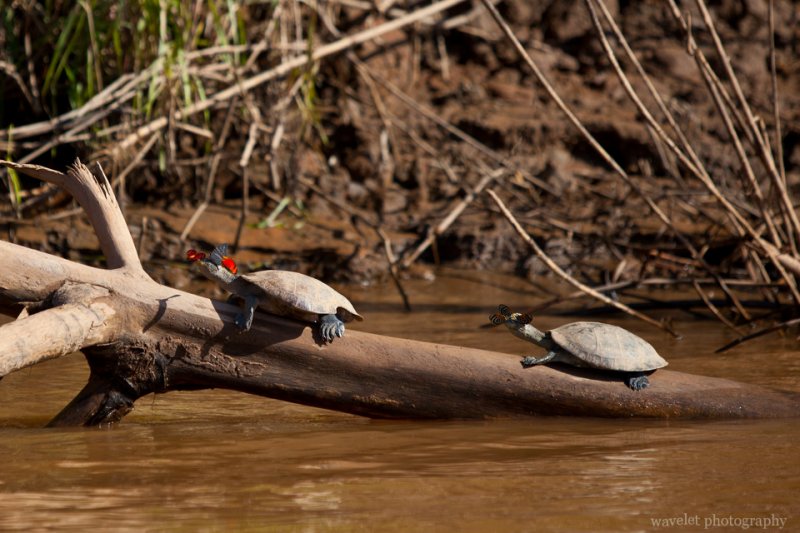
After the boat was docked, we climbed up some wooden stairs. A hike on a shaded trail for 5 minutes led us to the Inotawa Lodge. The lodge is built in the middle of the forest. In the front is a lobby-like open patio with several chairs and hammocks; after that is an array of shared rooms used to accommodate tour groups; then the corridor splits, one leads to the dining area and kitchen, the other leads to a garden and second living area that has several cabins including the one that we would live in.
Inotawa Lodge is an “eco lodge”. It has no fence and totally opens to the forest. We sometimes heard strange footsteps at night near our cabin. The bats and bees can get into the cabin from the open space between the screens and the roof. The room has no electricity and water is conducted from the water tank to each room through pipes, both made by bamboo. All of these made the experience more like an expedition than a vacation. It is what we came here for! The service was very good and they made delicious food too. We ate with our guide and other guests at the common dinning area every time when we were at the lodge.
There are several trails around Inotawa Lodge. After night fell, we had a walk in the jungle with our guide. We saw a lot of ants and spiders, in different size and color. The most exotic one was two huge tarantulas hiding in their nest in the ground. Other bugs we encountered including a centipede and a stick-insect, nothing dangerous or too surprising, but it’s an interesting experience.
Without lights and Internet, People in the jungle sleep early at night. The alleys in the lodge were marked by oil lamps made by cola bottles. The staff put them out at 9pm. I had a chance to take some shots of the southern hemisphere sky.
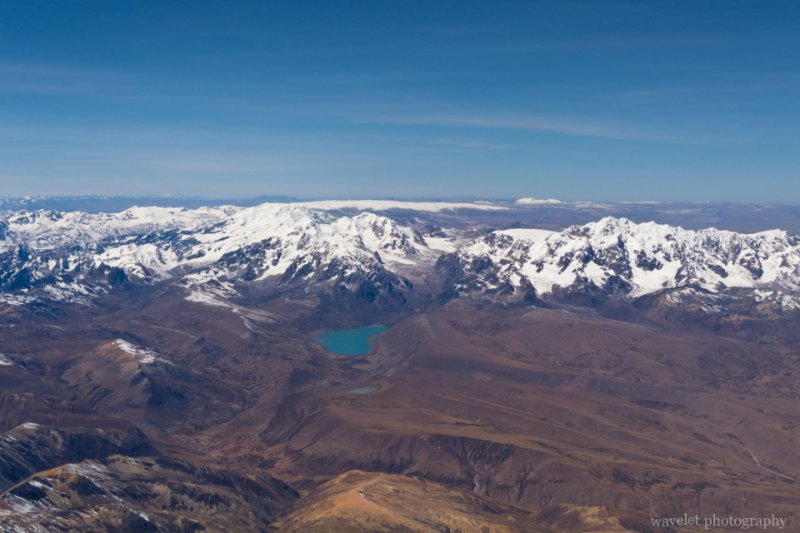
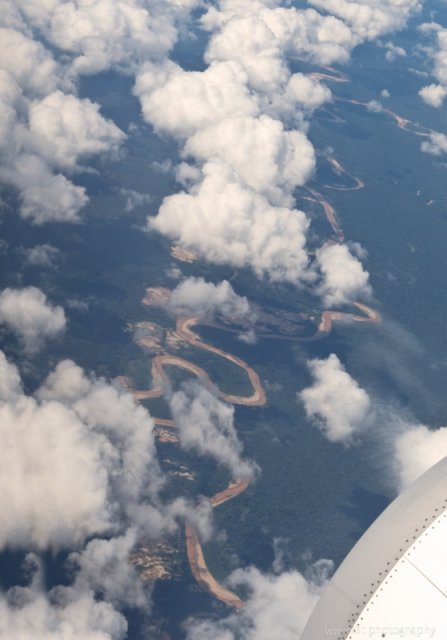
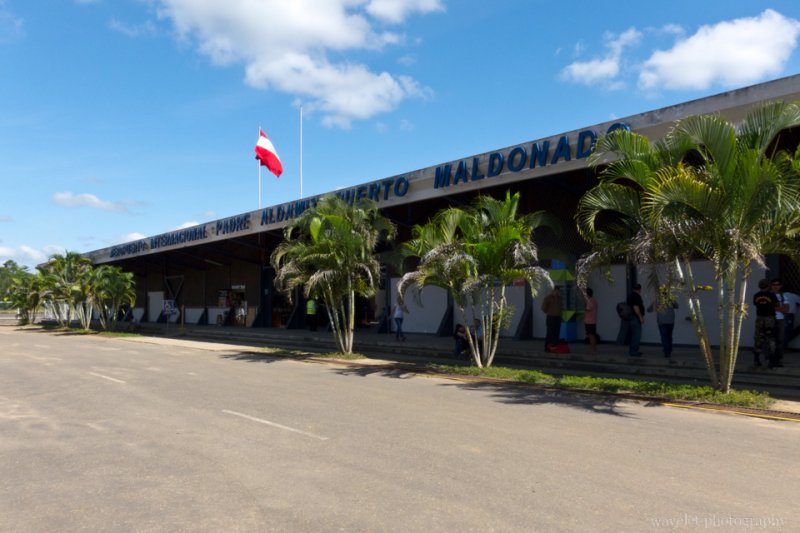
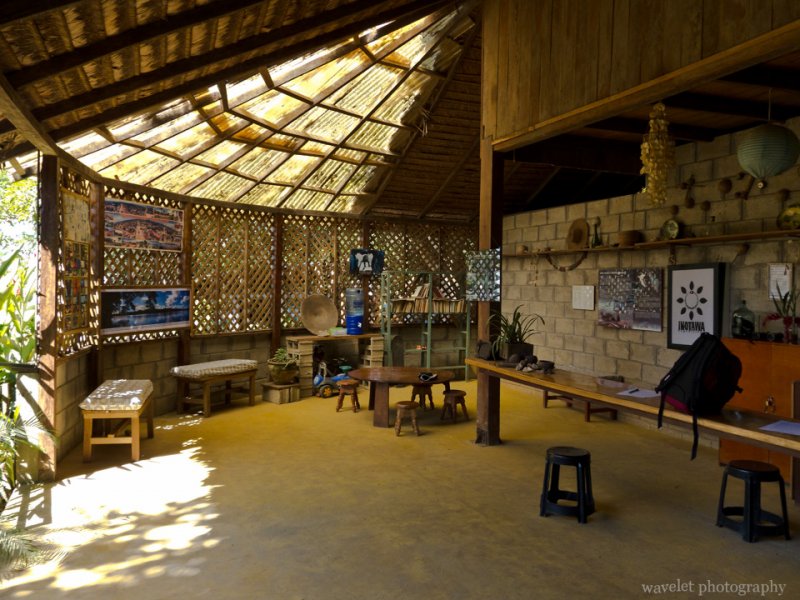
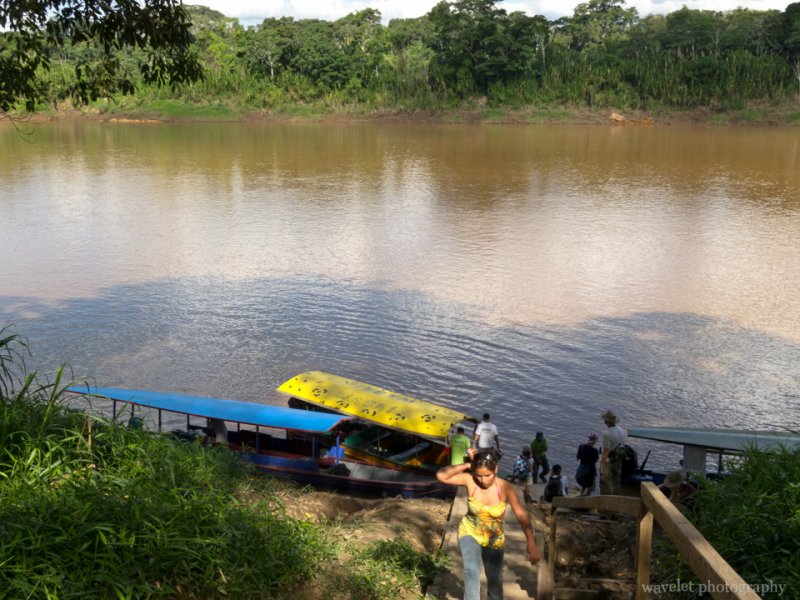
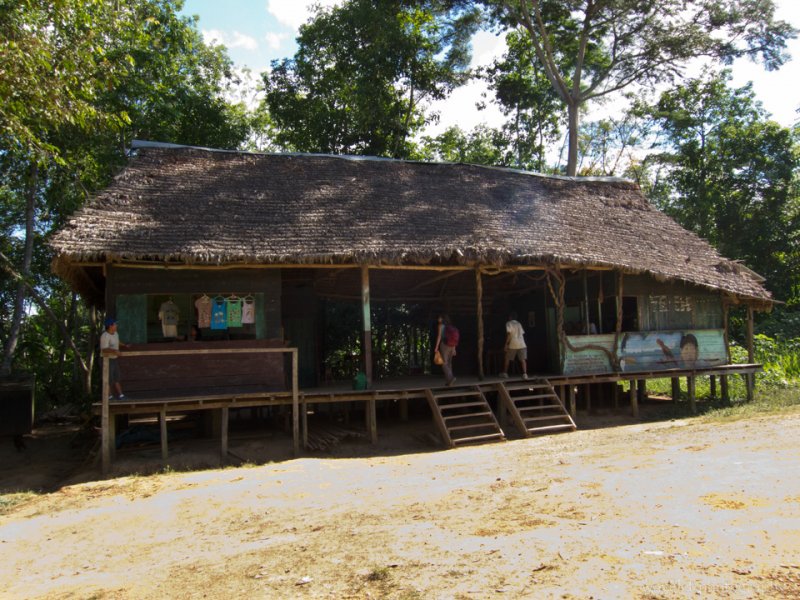
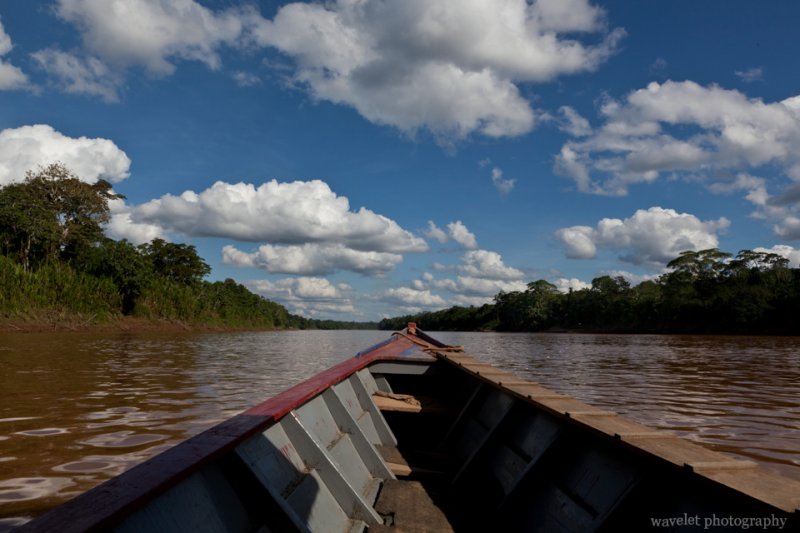
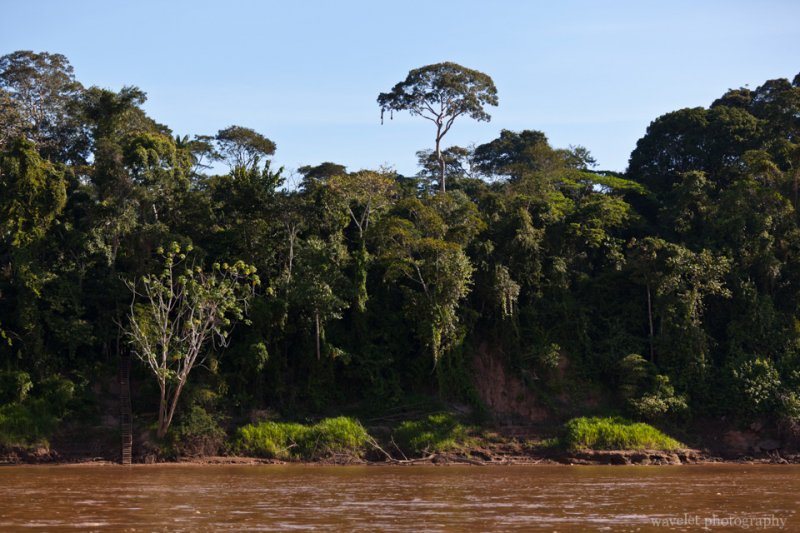
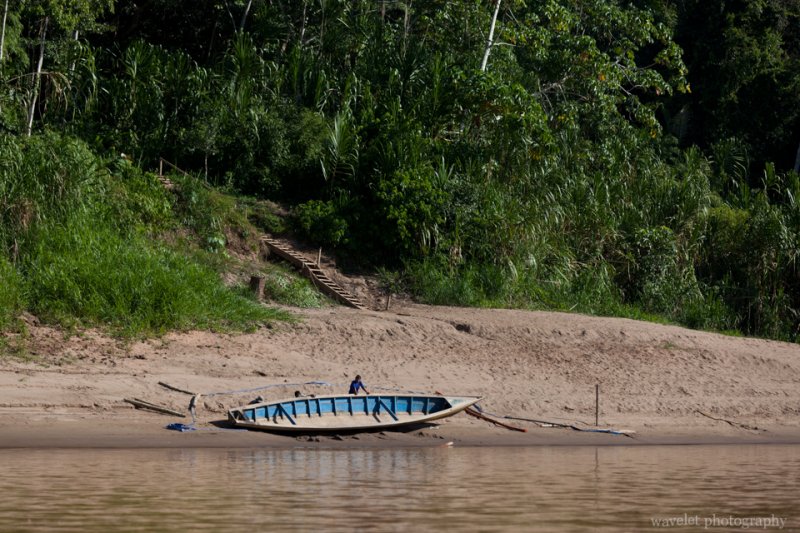
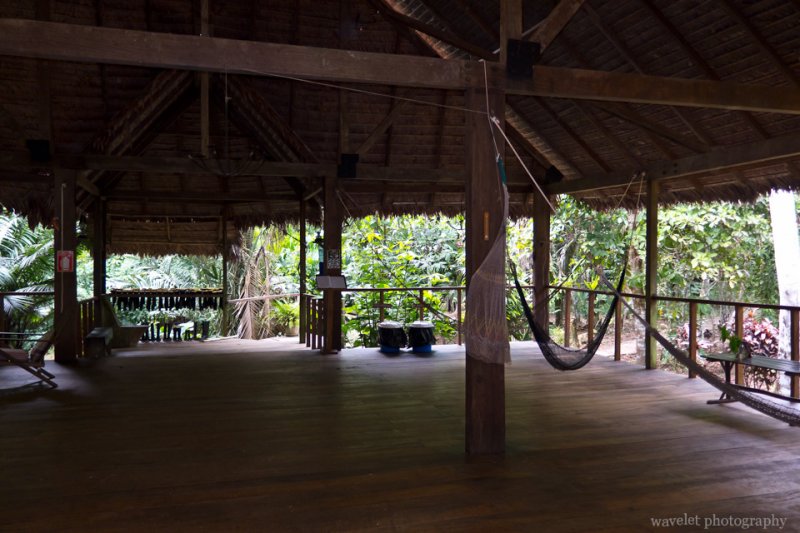
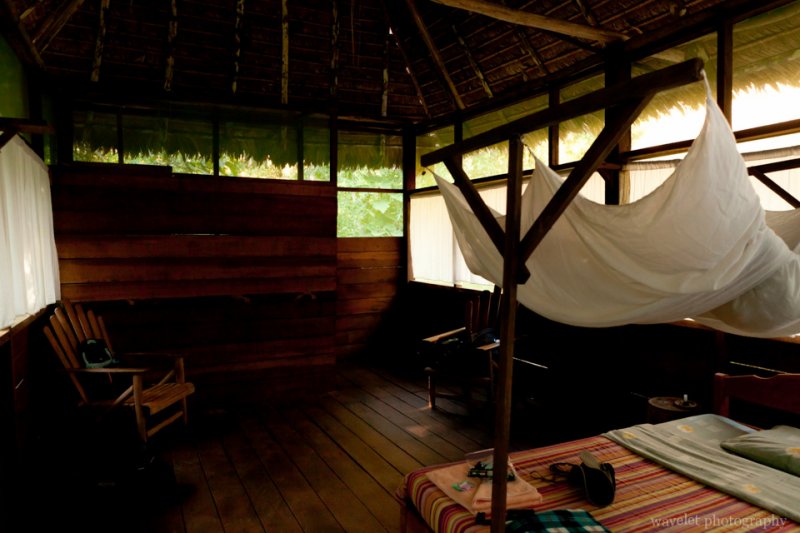
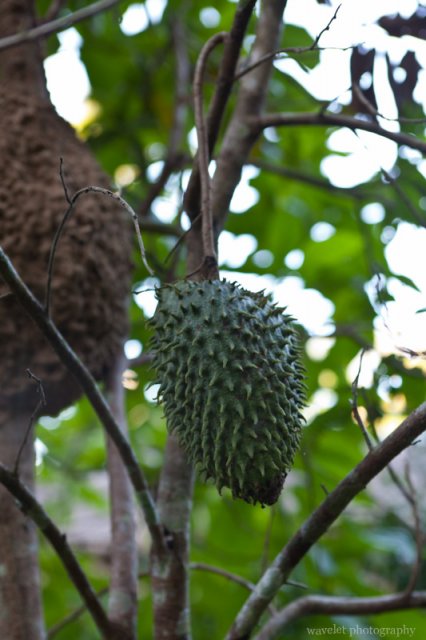
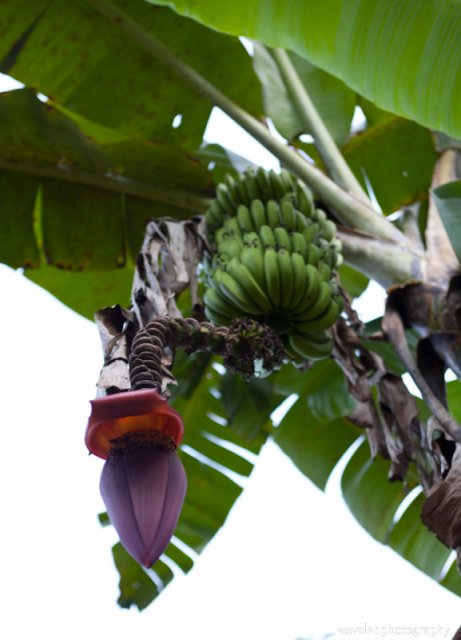
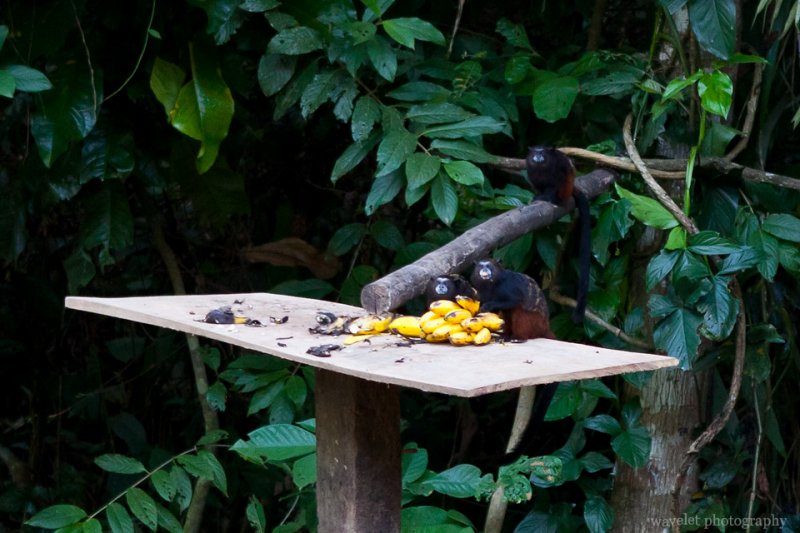
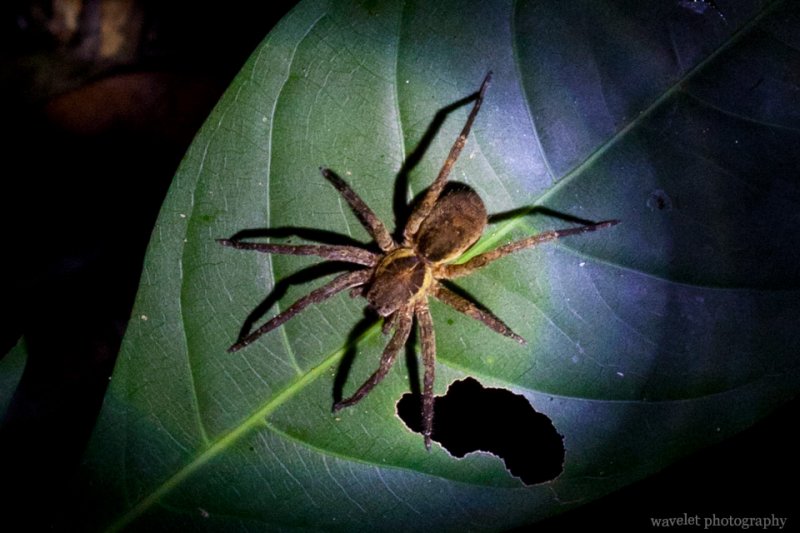
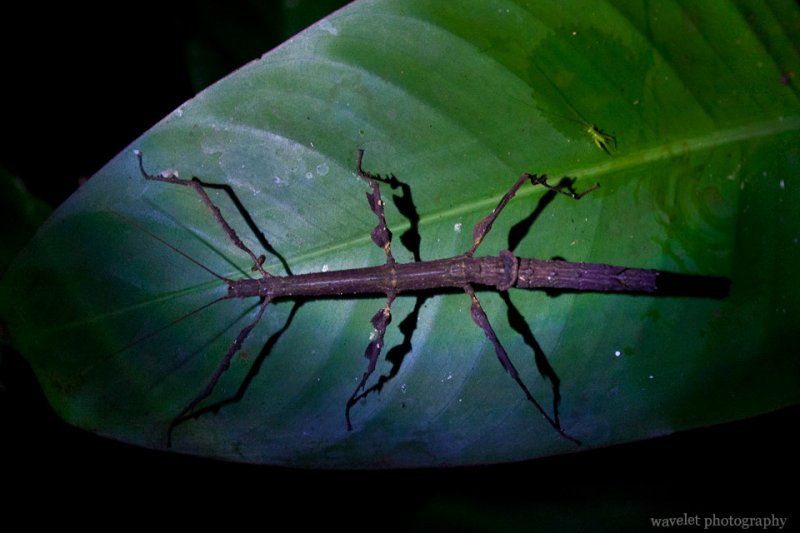
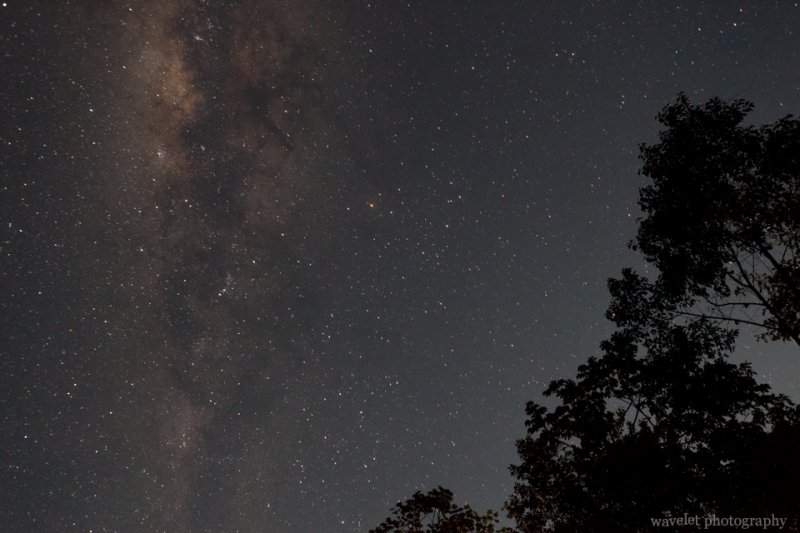
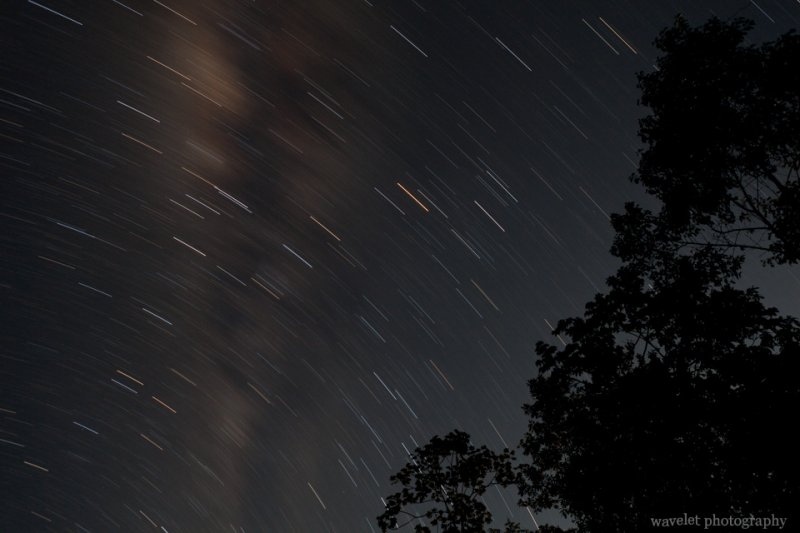
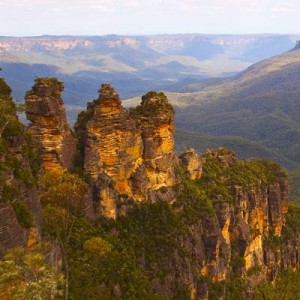
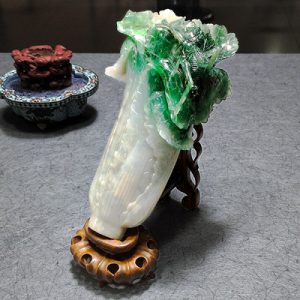
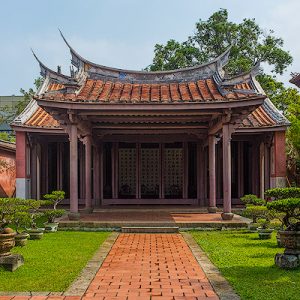
I need a tour, Tambopata , starting 27 june. A 3 day/2night tour. I am a solo traveler.
Would you have a tour for that date? If so, please tell me the cost and where you go on your tour.
Thank you,
Rosemary Vasquez
We were visitors. We don’t run any tour. You could contact Inotawa Expedition. Looks like they are still in operation.